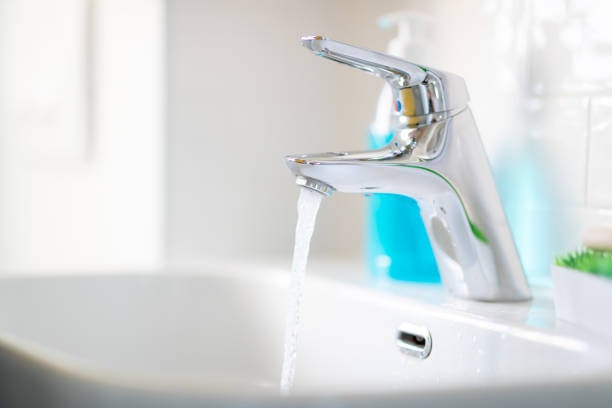Water Conservation Tips
Water conservation is extremely important to our community. Water is our most precious natural resource, and we must all work together to protect and conserve it. Here are some ideas on how you can make a difference!

Indoor Water Conservation Tips
In the Bathroom:
- Take shorter showers (aim for 5 minutes or less).
- Turn off the tap while brushing your teeth or shaving.
- Install water-efficient shower heads and faucets.
- Fix leaks—one dripping faucet can waste gallons of water per day.
- Use a dual-flush or low-flow toilet, and don’t flush unnecessarily.
In the Kitchen:
- Only run the dishwasher when full and use the eco-cycle if available.
- When washing dishes by hand, use a basin instead of running water continuously.
- Keep a pitcher of drinking water in the fridge instead of letting the tap run until it’s cold.
- Use the garbage disposal less—compost food scraps instead.
In the Laundry Room:
- Wash full loads of laundry to maximize efficiency.
- Upgrade to a high-efficiency washing machine.
Outdoor Water Conservation Tips
In the Garden and Lawn:
- Water early in the morning or late in the evening to reduce evaporation.
- Use drip irrigation or soaker hoses instead of sprinklers.
- Replace grass lawns with drought-tolerant native plants or artificial turf.
- Apply mulch around plants to retain moisture and reduce the need for watering.
- Adjust sprinklers to avoid watering sidewalks and driveways.
Car Washing & Hardscapes:
- Wash your car at a commercial car wash that recycles water.
- Use a broom instead of a hose to clean driveways and sidewalks.
- Collect and reuse rainwater for outdoor watering.
Other Water-Saving Habits
General Water Conservation:
- Check for leaks in pipes, faucets, and irrigation systems.
- Install rain barrels to capture water for outdoor use.
- Follow local water restrictions during drought conditions.
- Spread awareness and encourage family and friends to conserve water.
Every drop counts!
